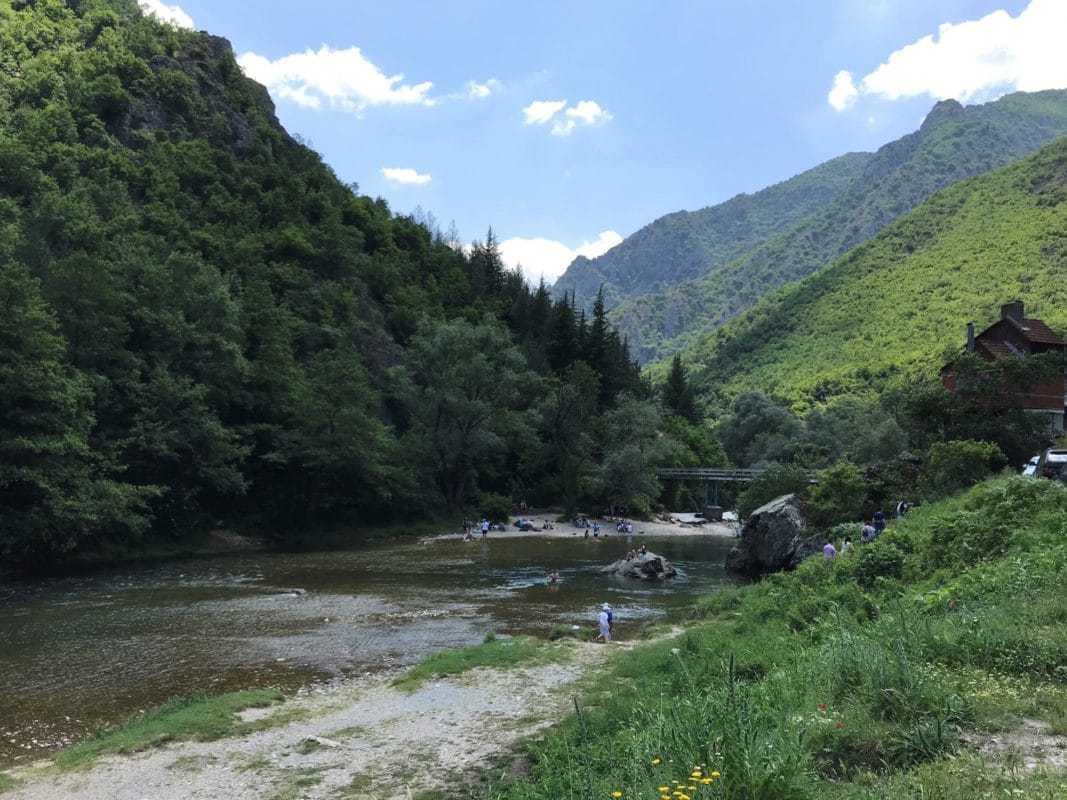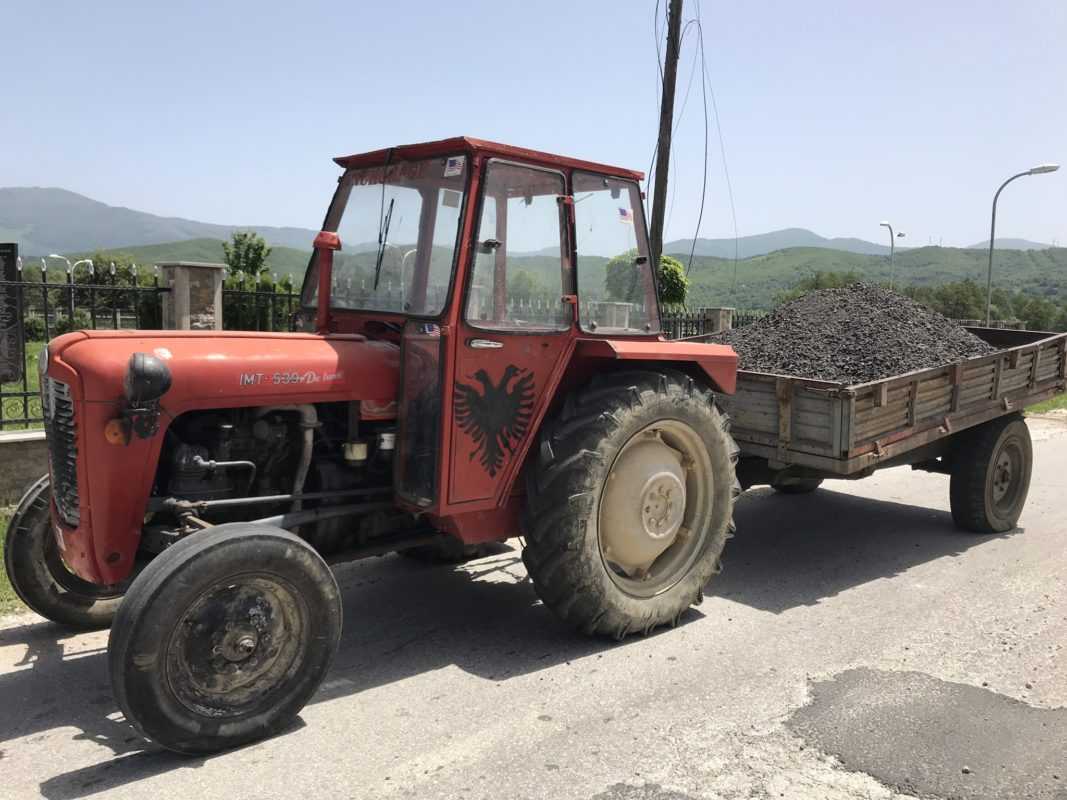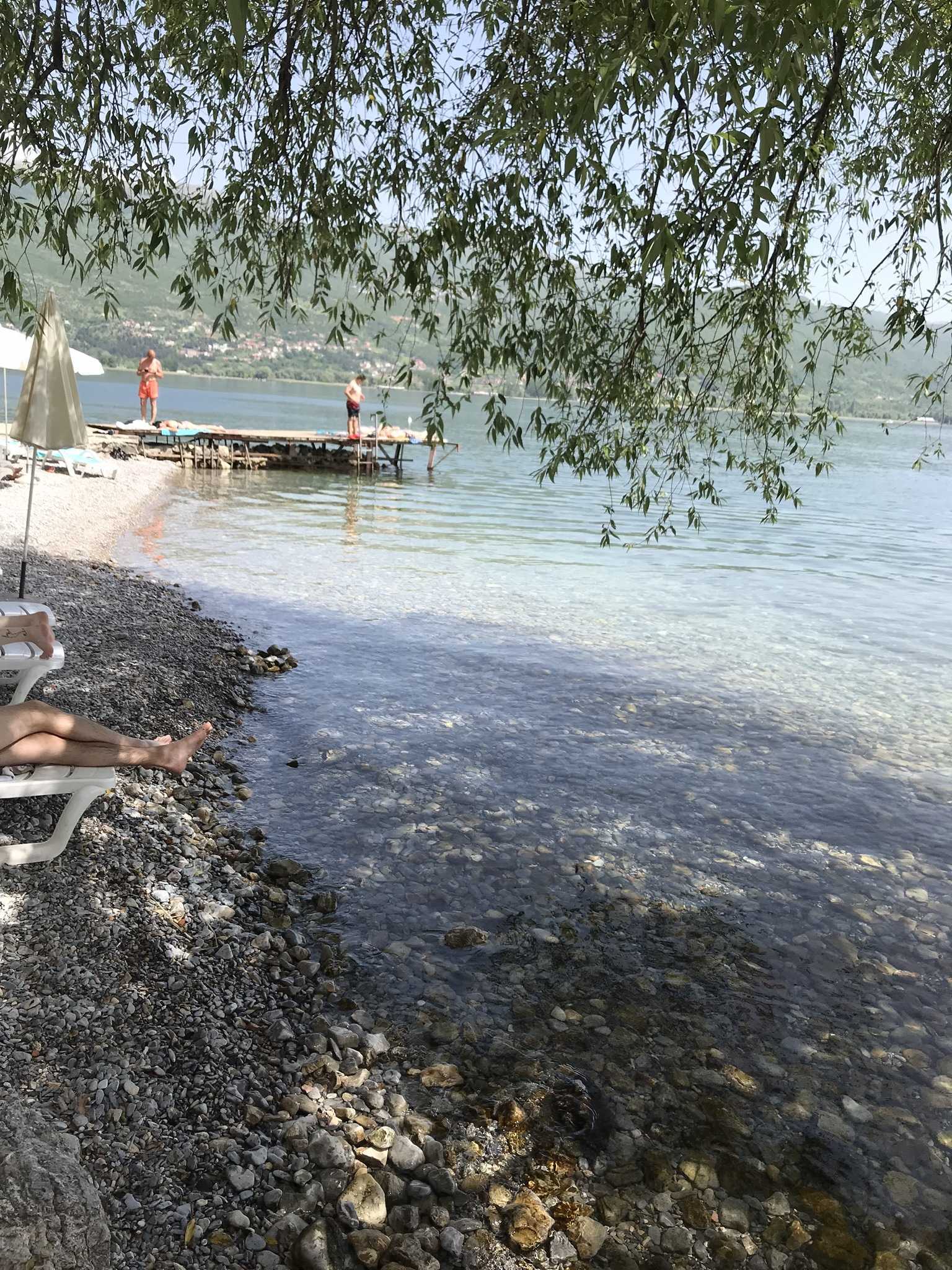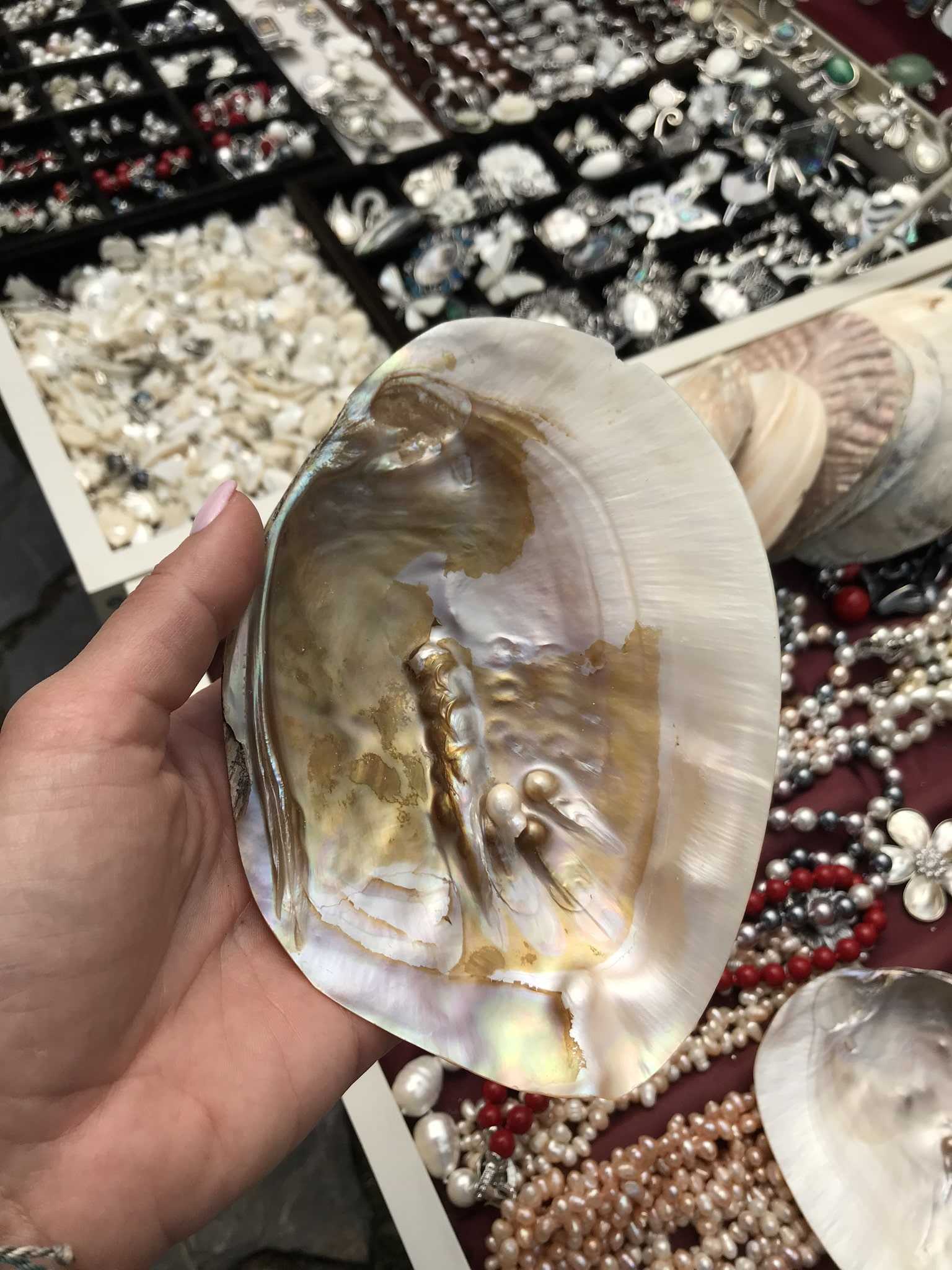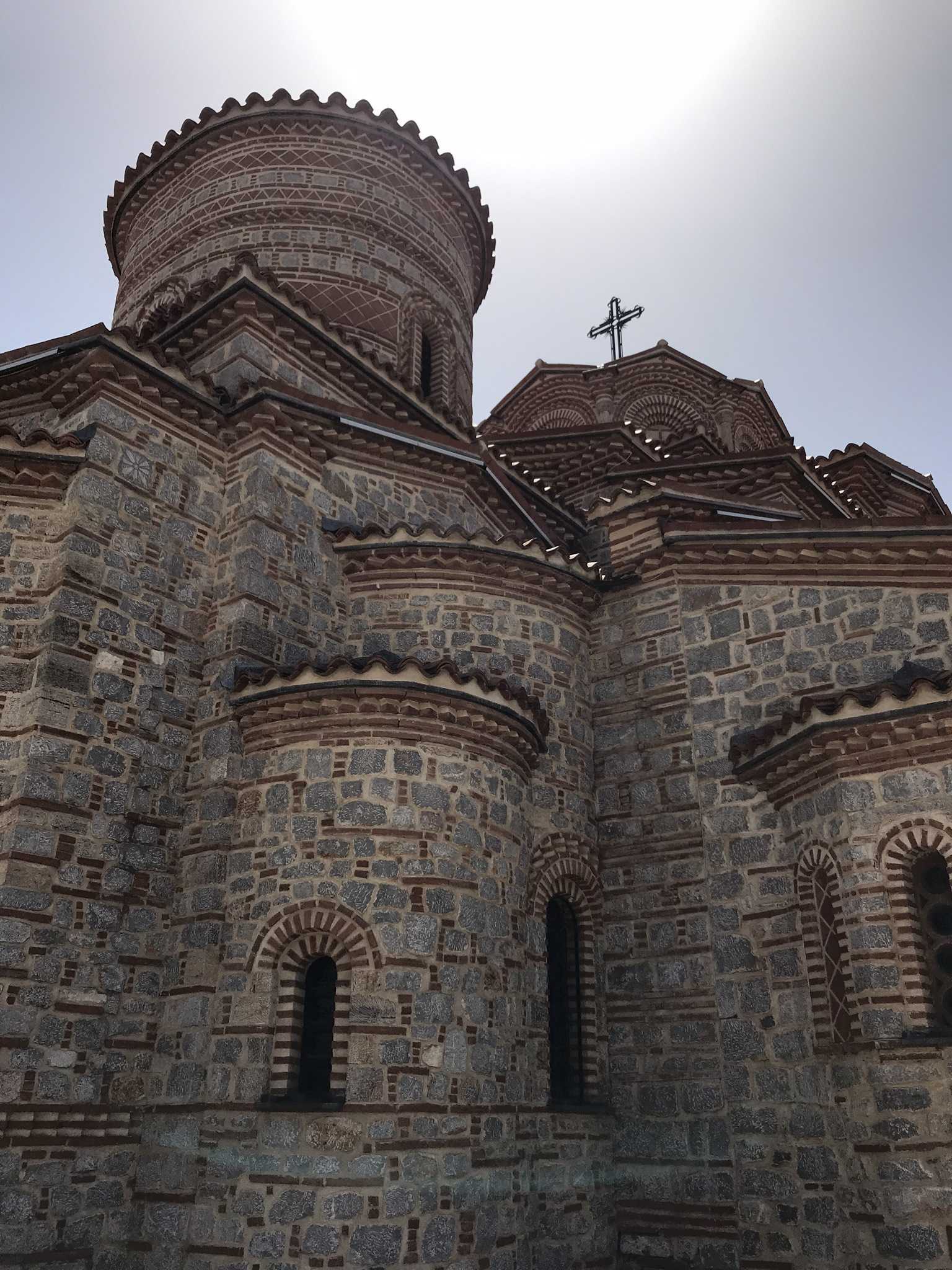Where’s next in North-Macedonia after checking out its capital, Skopje? Or even after visiting Suto Orizari, Europe’s biggest Roma community? To get lost in the country’s natural beauties, visitors should start their journey on route 65 and shouldn’t stop until the Albanian border. Okay, you must stop at some awesome places listed below.
Canyon Matka
Which is the Danube bend for Hungarians that is the Canyon Matka for locals. The easiest way to approach the canyon located in picturesque mountains is a 30-minute drive from the Macedonian capital, although taxi is also a good and cheap alternative to get there. Since we traveled nearly 700 kilometers during our stay in Macedonia, we rented a smaller car with which we successfully took the 10% mountain climbs too. The traffic morale is good, though do not expect many precedents to be prioritized, but it is safe using either a rental or your own car in the country.
Nearing the Matka Canyon we passed many snow-capped mountains, which made me a little excited if I wear proper clothing, but fortunately, my fears were unnecessary. Although the canyon is a little cooler than the city, no special preparation or clothing is needed to visit the valley. Let’s say if you go rafting, which is possible just at the beginning of the river, then obviously you should prepare accordingly. Or if you plan to you cool yourself down in the 15-degree water and jump down from the bridge, as many young people did, bring your own swimsuit. You can also try out a kayak, or rock climbing or even caving in the Vrelo dripstones.
There are many outdoors possibilities in Canyon Matka so you can choose your own favorite ones. We only arrived in the valley as tourists and spent a couple of hours boating on the artificially inflated lake, visited the beautiful St. Andrew’s monastery and had a divine delicious trout for lunch on the terrace of a restaurant carved into a cave. You shouldn’t miss this experience.
Matka Canyon is a popular and good place to go because depending on how much time you have and what you like, you can spend a day here but even a few hours here. The result is guaranteed to be the same: recharging among the untouched mountains gives you an unforgettable
Tetovo
I have already mentioned the identity-seeking aspect of Macedonia, specifically North Macedonia, in my Skopje post. As we moved south, ethnic diversity in the country became more tangible. Passing through the villages, you see Macedonian and Albanian flags, and sometimes Turkish ones. If the flag alone is not sufficient proof of what kind of nationality lives in the village, make sure that the flag is large. Such a strong manifestation of nationalism is generally characteristic of the States of the Balkan Peninsula. The flag can appear, let’s say on a tractor too.
In addition to being the country’s fifth-largest city and mostly inhabited by Albanians, Tetovo is one of the best embodiment of the diversity already detailed above. And not from an ethnic point of reference, but from an architectural point of origin. Here you will find the Šarena Džamija, also known as the painted mosque, which was built in the 15th century and is one of the most extraordinary religious places I have ever seen in my life.
Mosques from the outside are usually of solid color, white, sand, or some kind of yellowish tinge. This mosque, with its colorful, mosaic-tiled exterior immediately makes a big impact on visitors. Another interesting feature of the building is that, unlike other mosques, it does not have a dome, which, by the way, does not appear at first, because the ceiling mural has the effect of having but not.
 I felt a little like I was in the tale of Arabian Nights, in a magical environment where every piece of mosaic has significance and every picture tells us something about the past. The stone bridge is not as spectacular as the one that crosses Skopje, but sitting on the terrace of the café next to the waterfront and drinking Turkish coffee, definitely has a special atmosphere.
I felt a little like I was in the tale of Arabian Nights, in a magical environment where every piece of mosaic has significance and every picture tells us something about the past. The stone bridge is not as spectacular as the one that crosses Skopje, but sitting on the terrace of the café next to the waterfront and drinking Turkish coffee, definitely has a special atmosphere.
Lake Ohrid
It’s North Macedonia’s only UNESCO World Heritage Site, due to its cultural and natural beauties, Unfortunately, due to the shortness of time, we were only able to spend one day in this beautiful place, even though there is plenty to see here, even for a week.
But it’s a pleasure that we were able to walk around the lake completely during this one day and bypass it through Albania. The other joy on the trip was that we were doing all this on Saturday when most places were having weddings. Thus, in addition to the natural beauties, we saw not only churches but also many beautiful and happy young couples.
But what makes Lake Ohrid so special? On the one hand, it is the deepest (286m) and oldest (5 million-year-old) lake in the Balkan Peninsula. In its crystal clear waters, there are many endemic species, such as plashica, which, by emulsion, is coated with the shellfish, which also live only here. Exactly how fish and shellfish are crossed and become pearls is a secret known by only two families (Talevi and Flievi). If you want pearls, you can find buy nice ones here. The Ohrid pearl, by the way, is worldwide famous. The jewelry collection of Lady Diana and Queen Elizabeth II. also contains trinkets from here.
Walking through the town of Ohrid, 693 meters above sea level, I felt a little like I was on the shores of a Riviera. Everywhere is covered with lush flowers, there are cozy restaurants and streets, and the view is amazing from the top of the hill to the lake. If that’s not enough, you’ll find a beautiful church every step of the way. I can’t promise you that the list of sights around Lake Ohrid is complete, because one day wasn’t enough for everything, but I can promise you that if someone goes through these places, they won’t feel lacking.
Samuel fortress
Ohrid played an important role in the cultural and commercial life of the region in Byzantine times. In the 11th century, it was also the capital of the First Bulgarian Empire, the memory of which is preserved by the Samuel fortress. Named after the former ruler, the fortress played an important defensive role in the Balkans. The 3 km long castle wall and 18 towers offer fantastic views of the lake and the whole city. However, the fortress is more than just a fortress. It used to be a city that was inferred from archaeological findings found inside the walls.
Multi-story wooden houses once stood here, in which families lived until the arrival of the Turks in the 15th century. During Ottoman rule, Christians were literally kept within the walls of the fortress, while the Turks began building outside the walls on the hillside and on the shores of the lake. By this time, the birth of today’s modern Ohrid dates back, which, as a city of coronation and archbishop, has a rich history.
St. Sophia church
In Ohrid, also known as the Jerusalem of the Balkans. There were once three hundred and sixty-five temples and monasteries, according to legend, to have one church every day of the year. The oldest of these is the more than 1000-year-old Church of St. Sofia, one of North Macedonia’s most important historical heritage. The church was built almost at the same time as the arrival of Christianity. Its exact origin is shrouded in obscurity. Some sources say it was intended as a cathedral and was built in the late 10th century, while others say it was demolished and re-erected in the 11th century under Archbishop Leo.
In any case, the fort-like exterior of St. Sophia’s Church endured the storms of history, as well as the interior. The beautiful Byzantine-style frescoes of the 11th and 13th centuries were whitewashed by the Turks and remained so for centuries. Between 1950 and 1957, they were re-released thanks to huge restoration works and became the most prominent works of medieval art not only in northern Macedonia, but also throughout the region.
St. Clement and Pantaleon monastery
St. Clement, one of the disciples of Cyril and Methodius, has a great cult throughout northern Macedonia. He is the one who made the Cyrillic alphabet and the church named after him is at one of the highest points in the city. When he arrived in Ohrid, he was dissatisfied with the size of the old church, so he built a monastery next to it.
In fact, according to the writings, he built the crypt inside the church with his own hands, into which he was buried after his death in 916, and his tomb can still be seen to this day. During the Turkish homage, this church also turned into a mosque for a very long time and only began to be restored in 2000. Today, St. Clement’s Church is one of the most important religious celebrations in the country, which, in addition to the stands and stage surrounding it, allows thousands of Orthodox Christians to be accommodated.
St Jovan Kaneo church
Ohrid’s most romantic and perhaps most photographed church is the church erected for St. John theologian on the shores of the lake. The building on the edge of the cliff, which bears Byzantine and Armenian style, may have been built before Ottoman times in the 13th century, but there are no credible sources for its customer or builder. The modestly sized interior of the church is decorated with frescoes patterned from St. Clement, while rose bushes and huge citrus trees scented around it. Although I’ve seen a lot of churches in my life, I think I’ll never forget this one.
St. Atanaz monastery and church
We found this church quite by accident on our journey, when we drove to Naum by car. Following a faded sign depicting a church, we were on the dirt road, suddenly a complex of buildings named after Bishop St. Atanaz came out of the trees. The solitary church in a wild novel environment had a well-cared-for effect, so we bravely entered his courtyard and began to contemplate.
Unexpectedly, a monk appeared who, despite the language difficulties, understood that we did not want to break in here, but came here for a visit. For our sake, he even opened the otherwise closed church, for the house of God is open to all. It was worth getting a little lost on the road, because the inside of the church, like the outside, was beautiful.
St Naum monastery
On the border between Albania and North Macedonia lies the monastery of St. Naum, one of the most important Orthodox pilgrimage sites, who was a guardian for the poor and sick. If someone’s going to the Lake Ohrid area, this is a place that shouldn’t be missed
It’s special not only because there are peacocks in its yard but because the whole place is in a picturesque environment that can really only be painted. Inside the monastery rests St. Naum, who died in 910 at the age of 80. According to legend, if someone holds their ear to the stone coffin, they can still hear their heart palpitations. In the 20th century, the monastery was placed in Albania for a short time (1912-1925), which was later returned by the Yugoslav Republic as a gesture to the good relationship between the two countries, back to northern Macedonia.
****
Our trip around Lake Ohrid ended in Albania. Stopping by Pogdarec, I said goodbye to the place and recalled to myself the many beauties I saw during the day. I felt a little bittersweet that something is coming to an end, and I might never come back here again. At the same time, it wasn’t real sadness after all. After all, the journey does not end the moment we reach the finish line, because the tape of our memory continues to spin in us.










